Essays on the Art and Science of Politics
The Corner
Politics as Art and Science
I've had occasion before to comment on the defects and limitations of quantitative political science, which often seems to careen from either proving the trivial or obvious, to marginalizing itself into complete irrelevance. But every so often the "quants" perform some useful self-examination, and one such case is on display in the latest issue of PS: Political Science & Politics, one of the academic journals you receive as a member of the American Political Science Association. (It's one of those things I do so that you don't have to.)
David Brady, Morris Fiorina, and Arjun Wilkins of Stanford University (Brady and Fiorina are also Hoover Institution fellows) have written an interesting article entitled "The 2010 Elections: Why Did Political Science Forecasts Go Awry?", which takes note of the fact that all of the most heralded predictive models badly underestimated Republican gains in the 2010 mid-term election. The worst performing of the models, from Michael Lewis-Beck and Charles Tien, concluded Republicans would net 22 House seats. Another model, from Joseph Bafumi, Robert Erikson, and Chris Wlezien, said Republicans could gain as many as 51 seats, but the authors went on to heavily discount their own results in a passage that yields hilarity today:
The tilting toward the out-party may thus have been realized earlier than in the past. [My translation: Republicans peaked too early.] It is also possible that an unusually conservative Republican campaign could dampen the expected shift toward the Republicans. If either of these possibilities is true and the polls remain unchanged through November, the Democrats actually could have the edge come Election Day.
And Lewis-Beck and Tien concluded: "We believe this extreme scenario [a 35 seat GOP pickup] to be very unlikely to occur. In sum, the Democrats should keep their House majority." Oh-kay.
Of course, all of this is what you might call "judgment," not to say bias, and not driven by the data. As Brady et al. comment: "[I]t is clear from the commentary accompanying the forecasts that most of the authors were more concerned about overpredicting the Democratic losses than underpredicting them." Brady and his co-authors then fiddle with the models to evaluate the effect of House votes for the health care bill and the Waxman-Markey cap-and-trade bill, and conclude that 40 House Democrats who voted Yes on both might well have kept their seats if they had voted No on both — enough to have saved the Democratic House majority. The authors include a number of sensible caveats about the defects of counterfactual forecasting, but can't escape the general conclusion that "the real problem for many House Democrats was most likely the Democratic agenda."
This won't go over well at the next APSA convention. (Which, by the way, was moved from San Francisco to Seattle this year because a single union in SF is threatening to go on strike this summer. The APSA's move cost the organization thousands of dollars in non-refundable deposits. I guess we shouldn't be surprised that academic political scientists are prone to political correctness.)
Recommended

Where John Durham's Investigation Is Heading
Reading the tea leaves, it appears the special counsel's end game is something other than a sweeping indictment.

The Pivot to Forever Masking Is Starting. Let's Kill It with Fire
The public-health community and media elites are starting to pivot to forever masking.

White Students Not Allowed at Pennsylvania School District's Drone Camp
The district's superintendent defended the racially exclusive event in an email to NR.
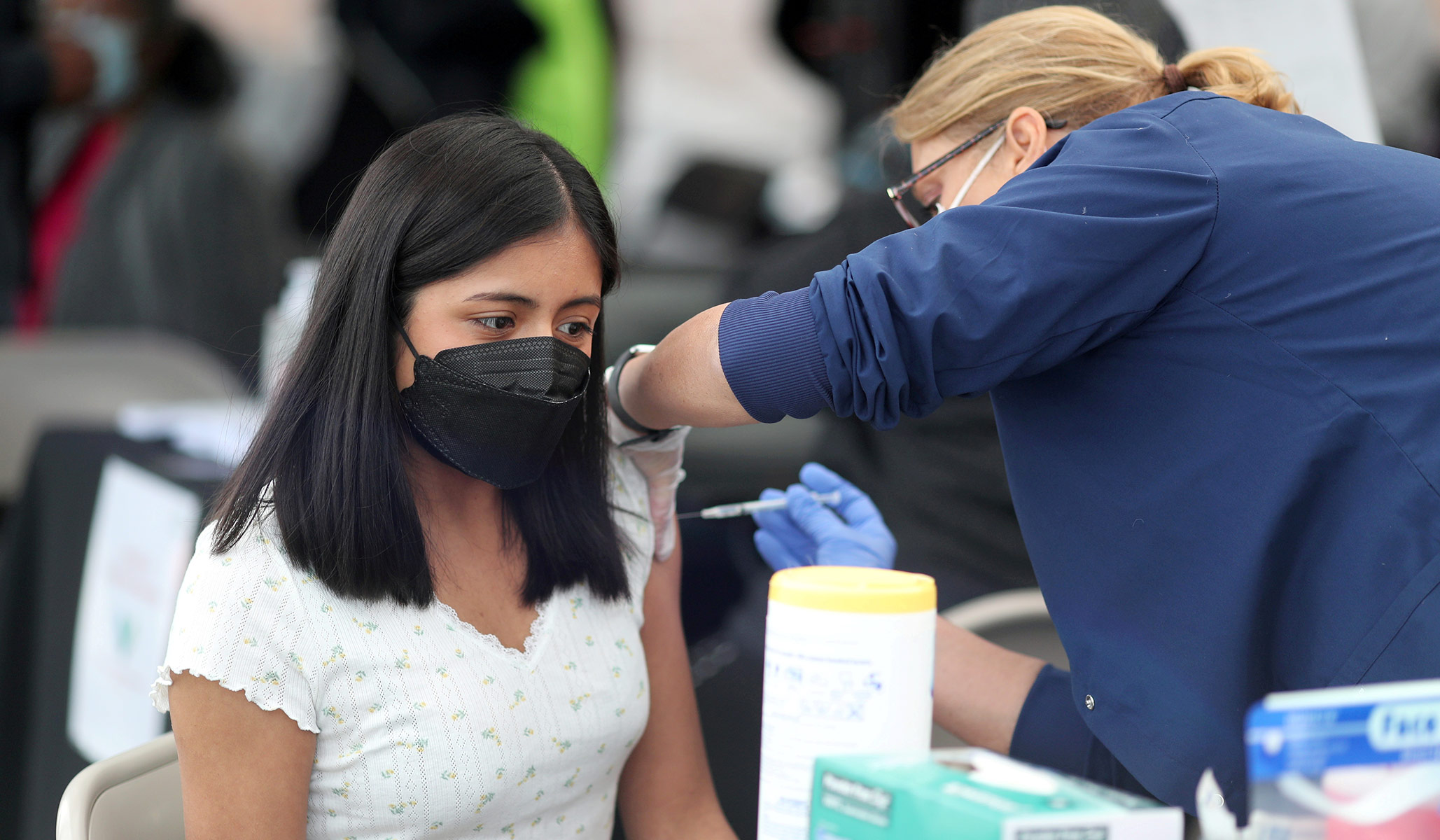
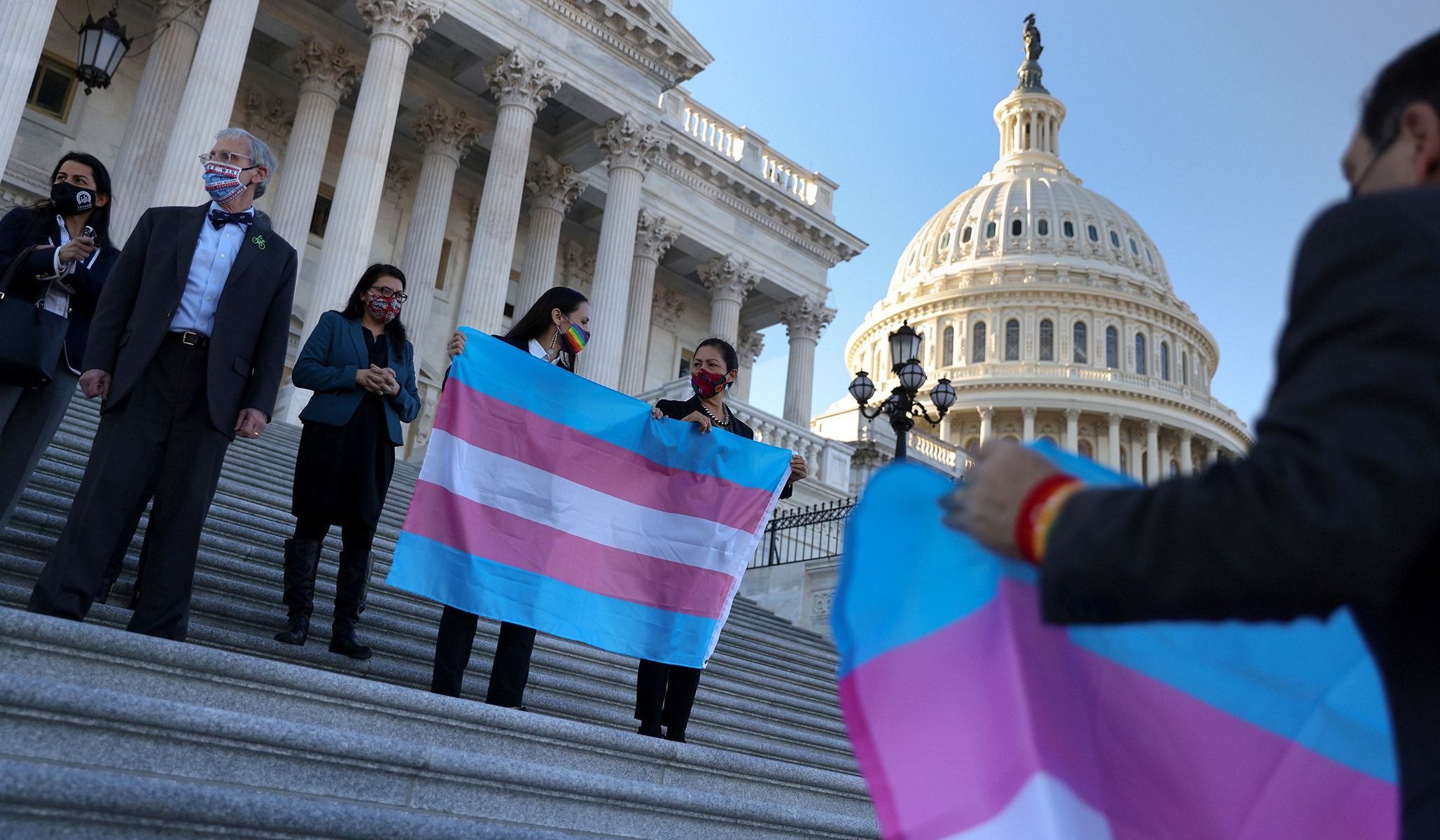
21 House Republicans Wave the Pink and Blue Flag
Why are they supporting legislation that could arm the transgender movement's efforts to silence dissent with the full force of the civil-rights bureaucracy?

Biden Claims Infrastructure Bill Will Help Arrest Surging Inflation
The remarks come after the Labor Department announced that the consumer price index increased 6.2 percent from the previous year.
The Latest

Parents of Alleged Michigan School Shooter Charged with Involuntary Manslaughter
Crumbley attorneys Shannon Smith and Mariell Lehman released a statement saying both parents would turn themselves in.
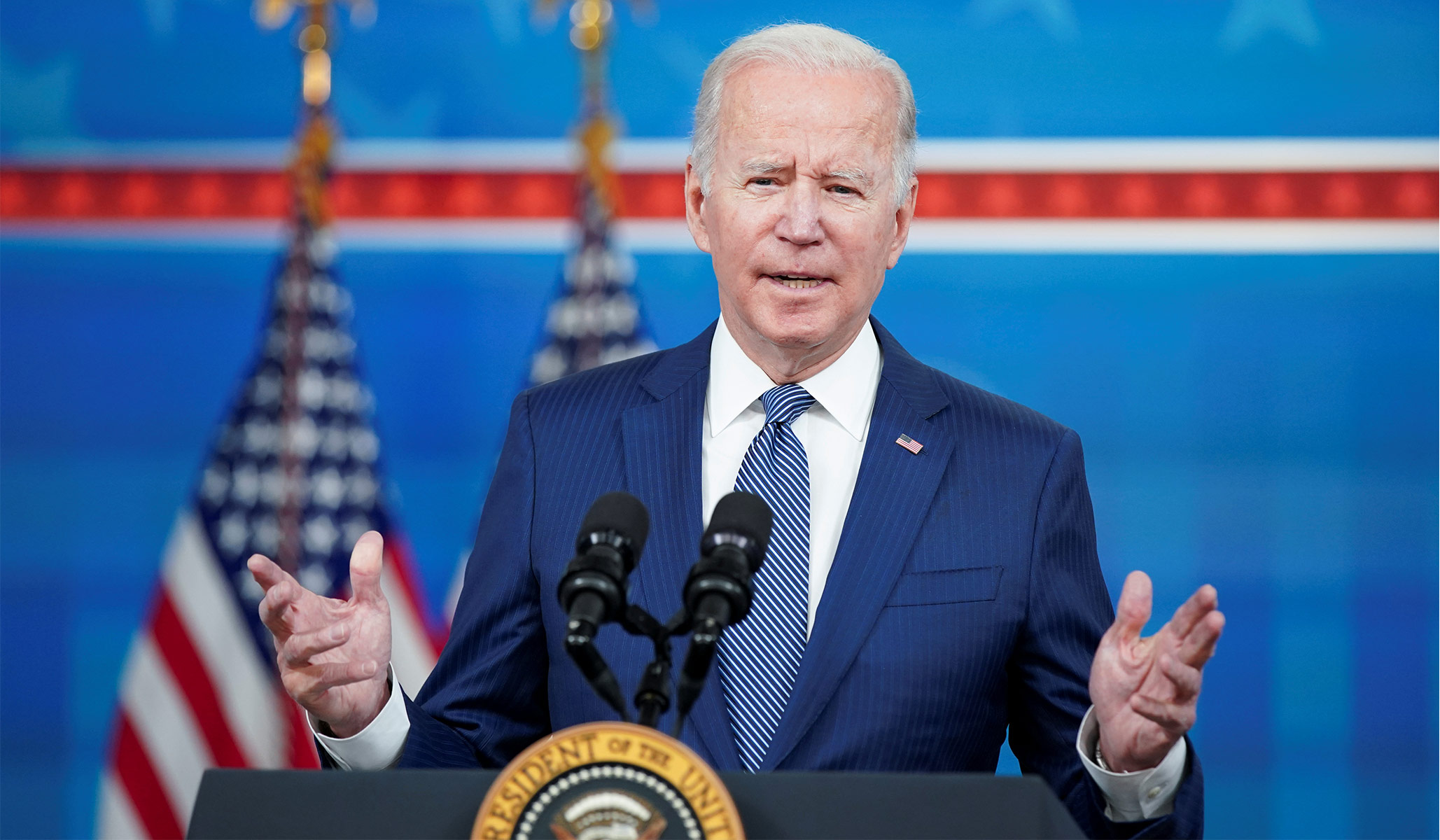
Biden's Travel Restrictions Don't Follow the Science
The rules should apply to everyone, regardless of citizenship or residency status, and use all the scientific tools available.
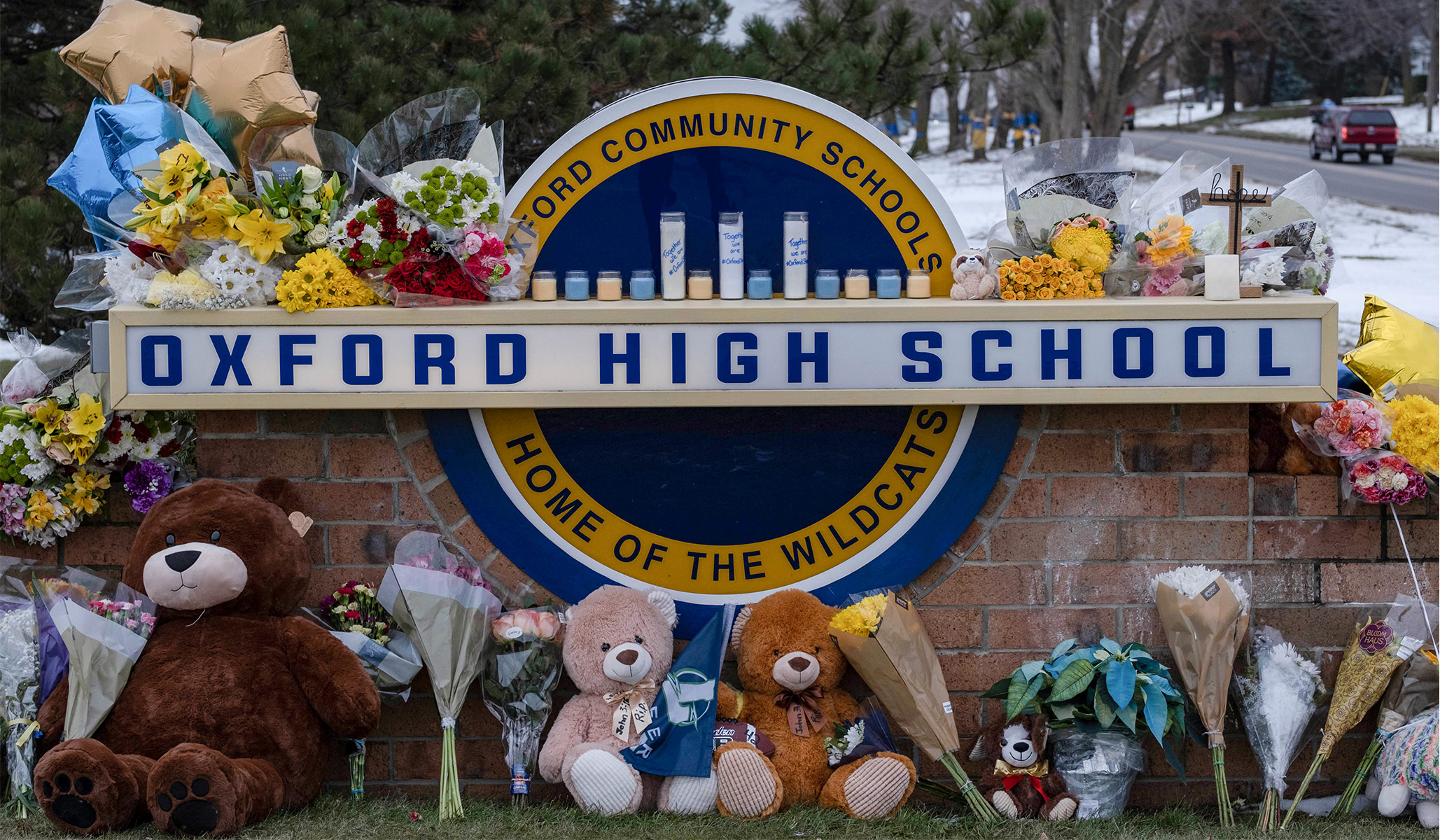
In Already-Overcharged Michigan H.S. Shooting, Parents Now Charged with Manslaughter
In the face of public outrage, prosecutors are seeking to write the law rather than enforcing it. Their overreach serves no one's long-term interests.
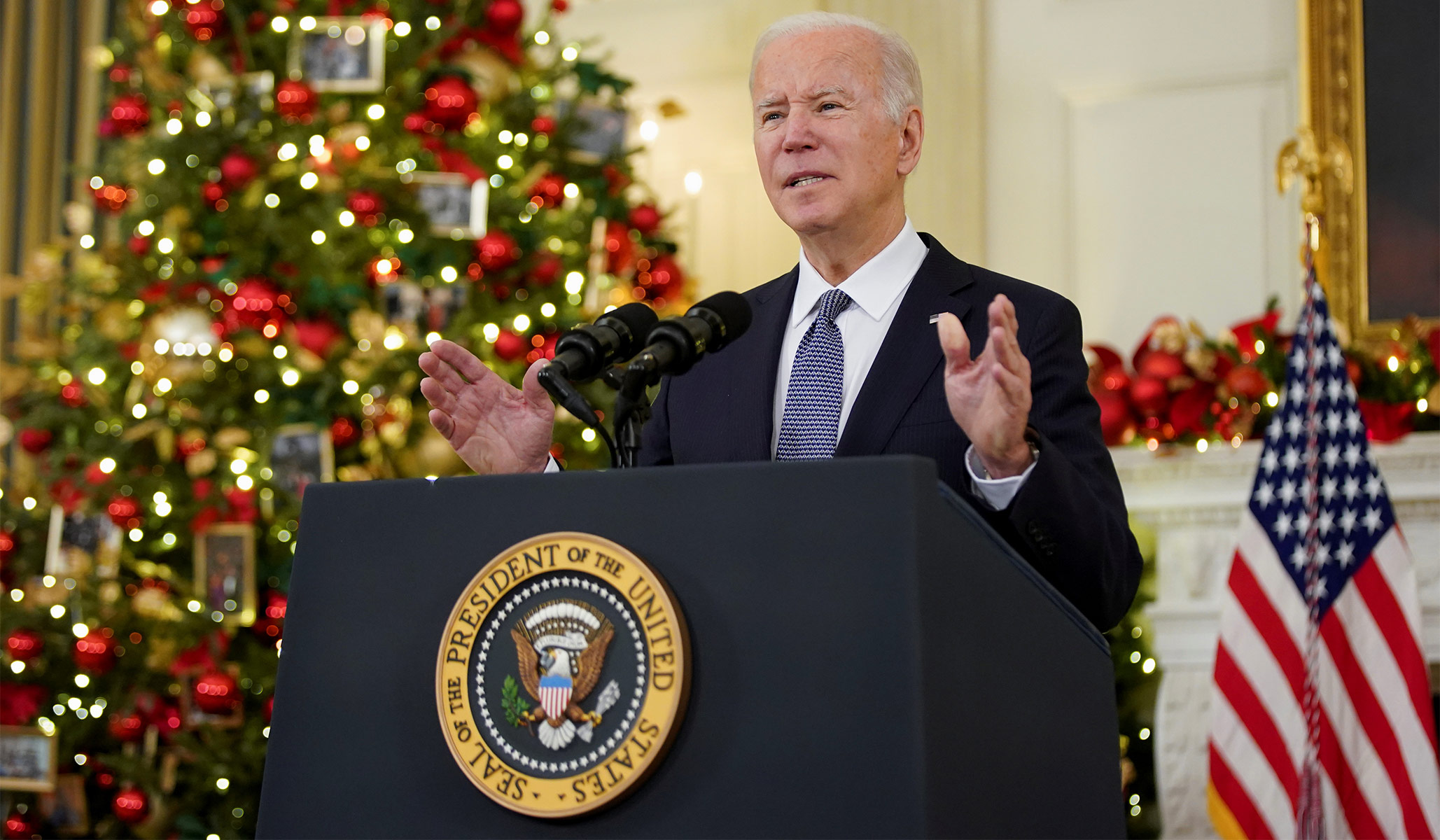
Biden Signs Bill to Fund Government Through Mid-February, Averting Shutdown
'Funding the government isn't a great achievement,' Biden said on Friday morning. 'It's the bare minimum of what we need to get done.'
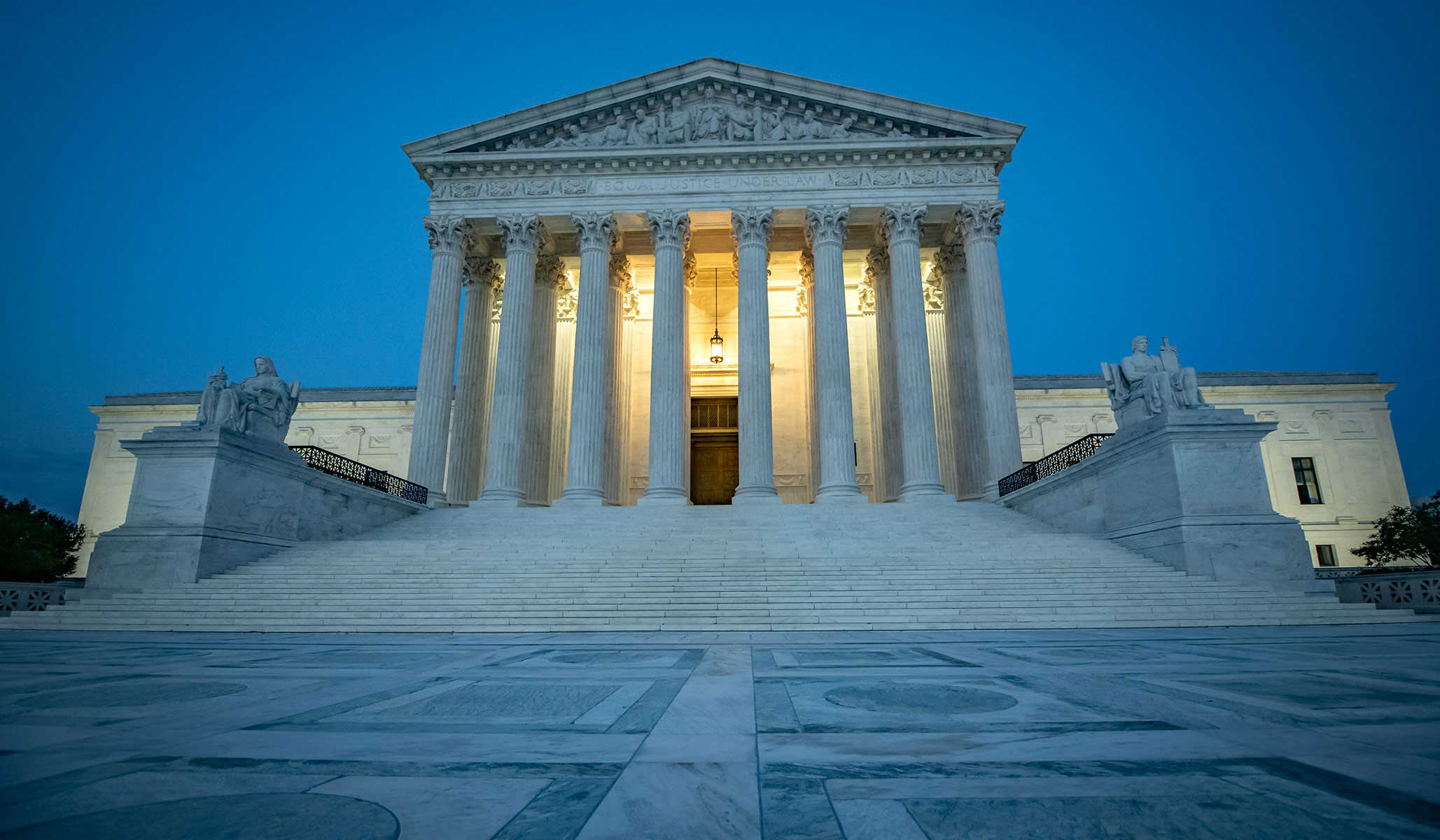
Senate Democrats Try to Intimidate the Supreme Court, but the Threats Are Empty
Term limits for Supreme Court justices would require a constitutional amendment.
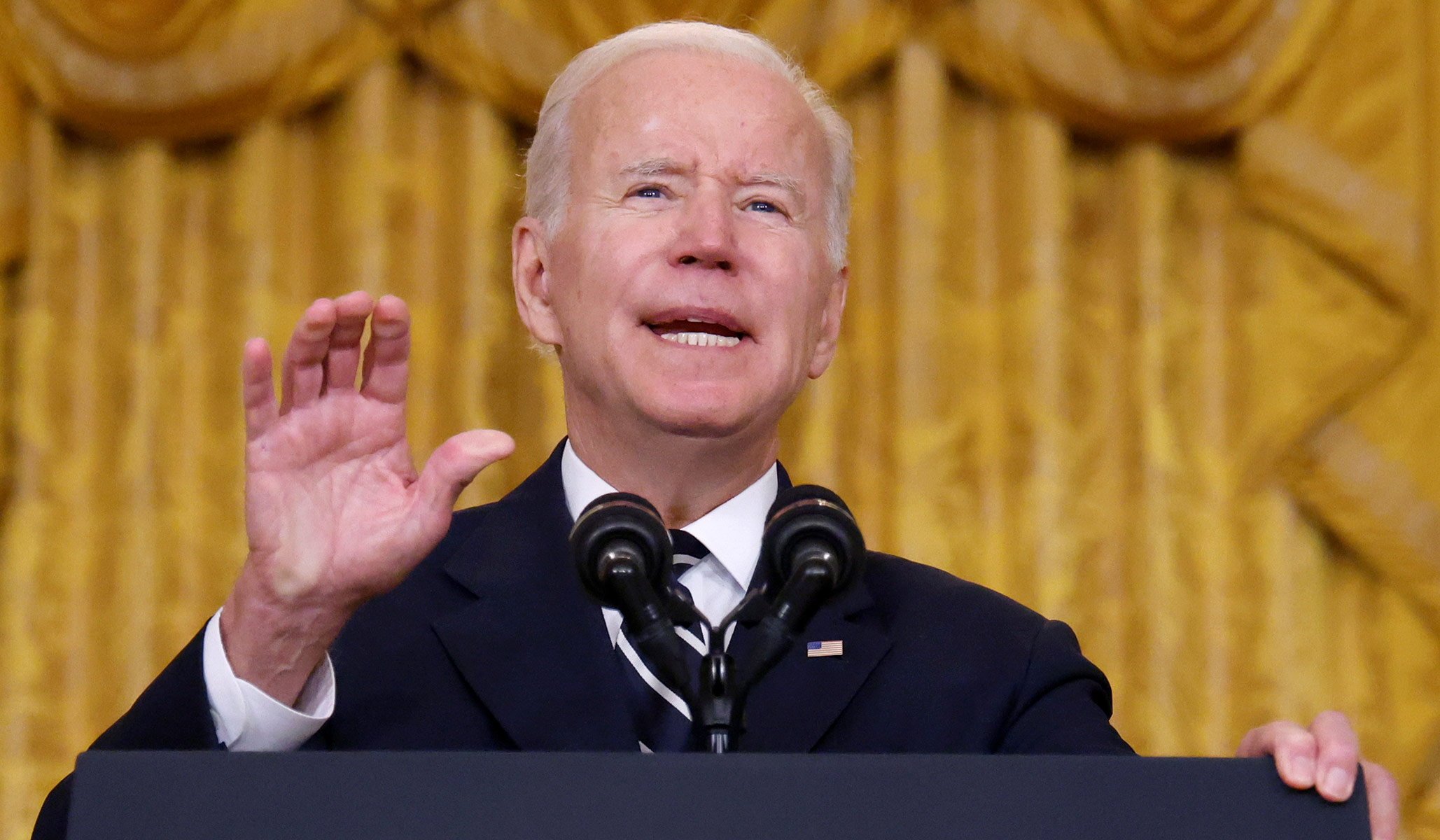
Joe Biden's Infrastructure Follies of 2021
Everything the Democratic Party wants to waste money on is either 'infrastructure' or 'for the children.'
Essays on the Art and Science of Politics
Source: https://www.nationalreview.com/corner/politics-art-and-science-steven-f-hayward/
0 Response to "Essays on the Art and Science of Politics"
Post a Comment